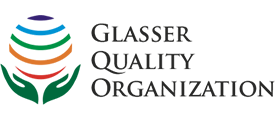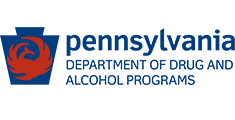Pennsylvania has brought the fight against opioid abuse to the state’s high schools, and Blair County schools are involved in the effort to protect students.
In September 2015, Pennsylvania Governor Tom Wolf notified the 500 school districts in Pennsylvania that they were legally permitted to store and administer naloxone, a drug that can counteract the effects of opioid overdose. Gov. Wolf made this notification via a letter that was also signed by Secretary of Education Pedro A. Rivera, Secretary of Health Dr. Karen Murphy, and Secretary of the Department of Drug and Alcohol Programs Gary Tennis.
In addition to declaring that Pennsylvania law allowed schools to stock and use naloxone, Gov. Wolf and the three secretaries who co-signed the letter encouraged all districts to have naloxone on hand in case a student overdosed on an opioid while in school.
“Opioid overdose is the leading public health problem in Pennsylvania and tragically many of the victims are young people,” Secretary Karen Murphy said in a Sept. 18, 2015, news release that announced the governor’s letter. “Providing access to naloxone to schools may prevent an unnecessary loss of life.”
In July 2016, the U.S. Drug Enforcement Agency issued an intelligence report titled Analysis of Drug-Related Overdose Deaths in Pennsylvania, 2015, which contained several statistics that indicate that Pennsylvania is struggling with an opioid-fueled overdose problem:
- 3,383 drug-related overdose deaths were reported in Pennsylvania in 2015.
- More than 80 percent all individuals who died from a drug overdose in Pennsylvania in 2015 had at least one opioid in their system at the time of death.
- More than half of all individuals who died from a drug overdose in Pennsylvania in 2015 had heroin in their system at the time of death.
- The number of overdose deaths in Pennsylvania in 2015 was 23 percent greater than the number of overdose deaths in the state in 2014.
- Pennsylvania’s rate of 26 overdose deaths per 100,000 residents is more than 75% higher than the national drug overdose death rate.
The DEA report noted that Blair County had an overdose death rate of 17.52 per 100,000 people in 2015. This means that Blair County’s overdose death rate was significantly lower than the statewide rate, but considerably higher than the national average.
During the same month that the Pennsylvania officials released their letter, the National Association of School Nurses (NASN) posted a position statement on the organization’s website supporting the effort to get naloxone into schools.
“When emergencies happen, including drug-related emergencies, managing incidents at school is vital to positive outcomes. The school nurse is an essential part of the school team responsible for developing emergency response procedures,” the NASN wrote. “School nurses in this role should facilitate access to naloxone for the management of OPR-related overdose in the school setting.”
About five months after issuing his letter in support of naloxone kits in schools, Gov. Wolf announced that the state was partnering with pharmaceutical manufacturer Adapt Pharma to provide two free doses of Narcan Nasal Spray, which contains naloxone, to all school districts in Pennsylvania that requested the medication.
According to a list provided by the Pennsylvania Department of Health, the state issued 234 Narcan kits (each of which contains two doses of naloxone) to 215 Pennsylvania schools in 2016. Schools on that list include four from Blair County: Altoona Area Senior High, Altoona Area Junior High, Tyrone Area High School, and Bellwood-Antis School District.







